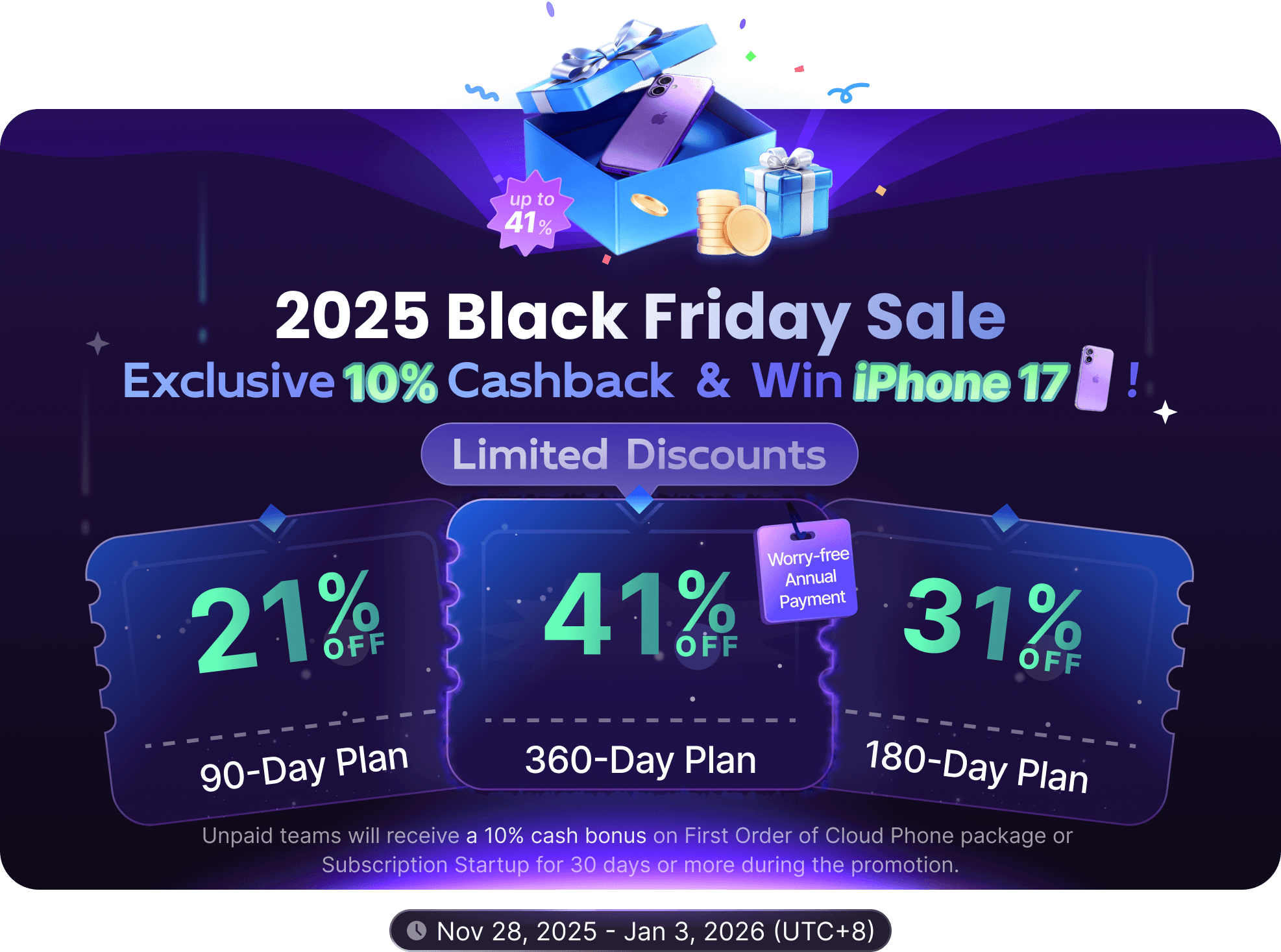Web Scraping
What is Web Scraping?
Web Scraping (web crawler or data extraction) refers to the process of extracting large amounts of data from websites through automated programs. This data is usually saved in structured formats (such as CSV, JSON, or databases) for further analysis or use.
How Web Scraping Works
The working principle of Web Scraping involves the following key steps:
- Requesting Web Pages: The crawler program sends an HTTP request to the target website to obtain web page content.
- Parsing HTML: The crawler program uses HTML parsing libraries (such as Beautiful Soup, lxml, etc.) to parse the web page content and extract the required data.
- Data Extraction: The crawler program extracts the required data from the web page according to predefined rules or patterns.
- Data Storage: The extracted data is saved in a structured format (such as CSV, JSON, or databases).
Why Web Scraping is Important?
Web Scraping is of great significance in data analysis and web automation, especially in the following aspects:
- Data Collection: Helps users collect large amounts of data from websites for market analysis, competitor analysis, etc.
- Data Integration: Integrates data from multiple websites for analysis and comparison.
- Process Automation: Automates the data extraction process to improve work efficiency.
- Real-time Monitoring: Monitors changes in website data in real-time to obtain the latest information promptly.
- Data Mining: Discovers valuable information and trends by analyzing the extracted data.
Application Scenarios of Web Scraping
Web Scraping is suitable for various application scenarios, including:
- Market Research: Collects competitors' prices, promotion information, etc., for market analysis.
- News Aggregation: Extracts news content from multiple news websites for news aggregation.
- Price Monitoring: Monitors changes in commodity prices in real-time to find low-price offers.
- Social Media Analysis: Extracts social media data for user behavior analysis.
- Academic Research: Extracts research data from academic websites for academic analysis.
How to Perform Web Scraping?
Performing Web Scraping usually requires the following steps:
- Selecting Tools: Choose appropriate Web Scraping tools or libraries, such as Python's Beautiful Soup, Scrapy, etc.
- Analyzing Web Pages: Analyze the HTML structure of the target website to determine data extraction rules.
- Writing Crawlers: Write crawler programs to implement data extraction functions.
- Processing Data: Clean and verify the extracted data to ensure data accuracy.
- Storing Data: Save the data in a structured format for further analysis and use.
Tools and Technologies for Web Scraping
Programming Languages
Python is one of the most popular languages in Web Scraping. With libraries such as Beautiful Soup, Scrapy, and Requests, developers can easily write scraping programs.
Browser Automation
Sometimes, simple HTML parsing is not sufficient to obtain data, especially when web pages load content dynamically using JavaScript. In such cases, tools like Selenium can simulate user operations in browsers to obtain the required data.
APIs
Many websites provide public APIs that allow developers to access data in a structured way. This is a more secure and legal method compared to Web Scraping.


